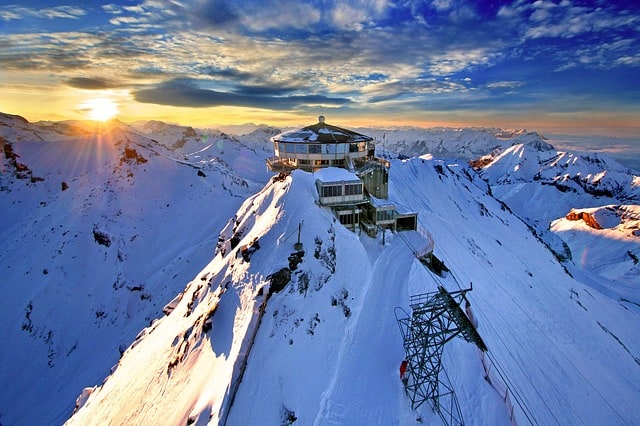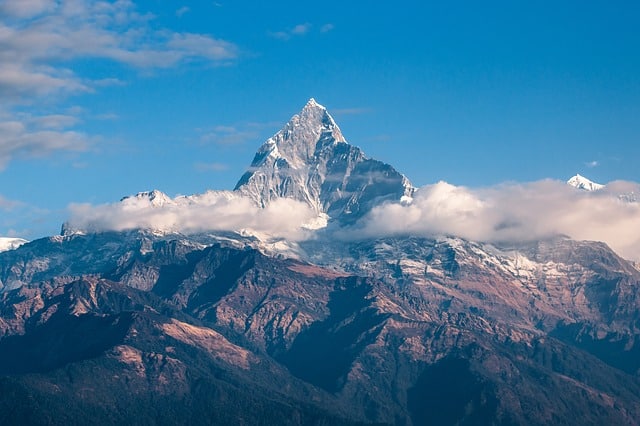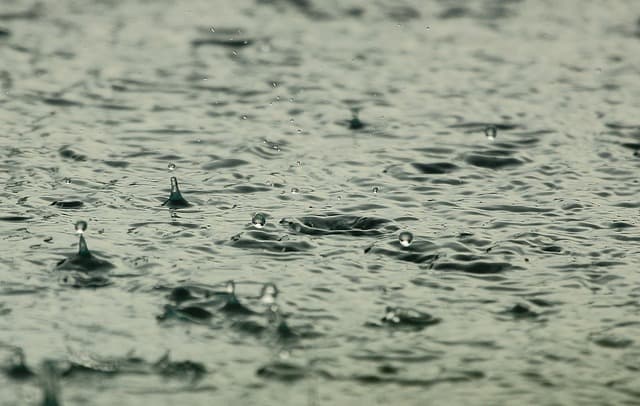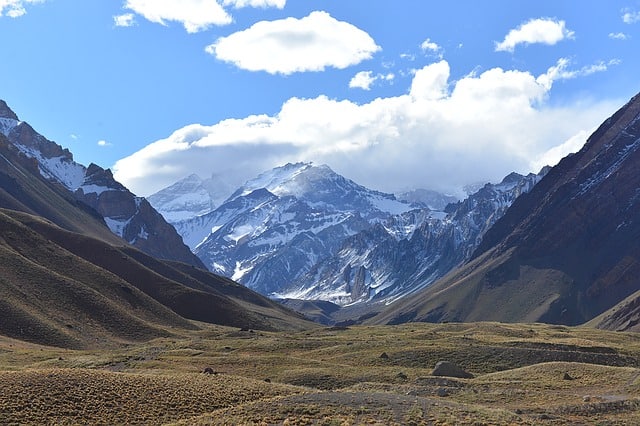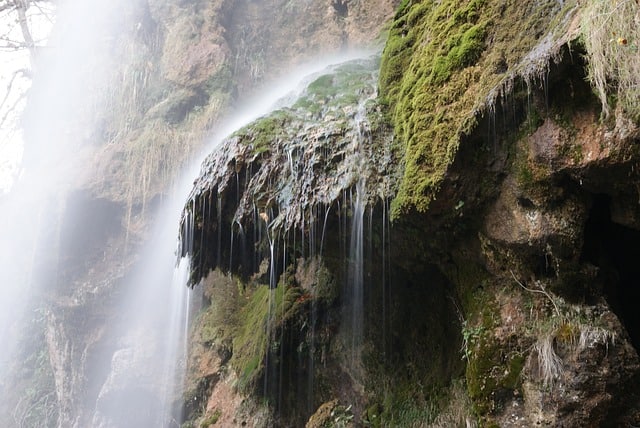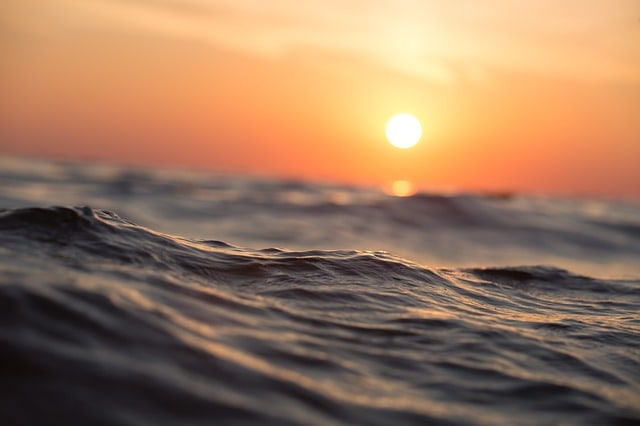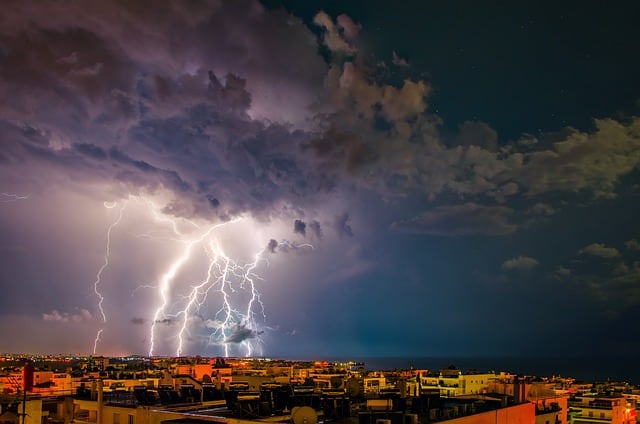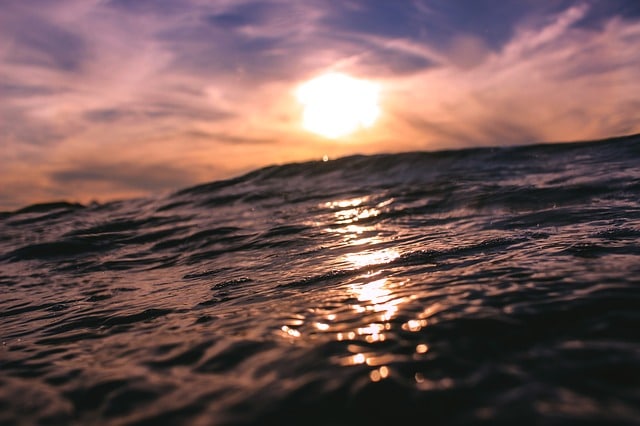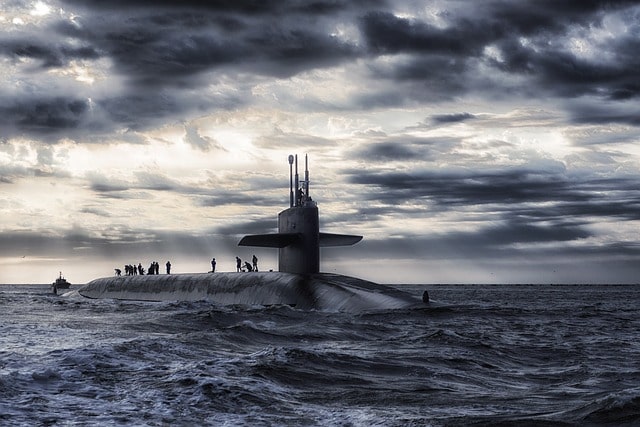30+ Thrilling Facts About Mount Everest That Will Leave You Spellbound
Mount Everest is one of the most common 8000+ mountains in the Himalayan mountain range. Every year hundreds of people across the globe try their luck to climb Mount Everest. It takes a huge amount of courage, strength, loads of money as well as the willingness to risk your body to reach the top of…


